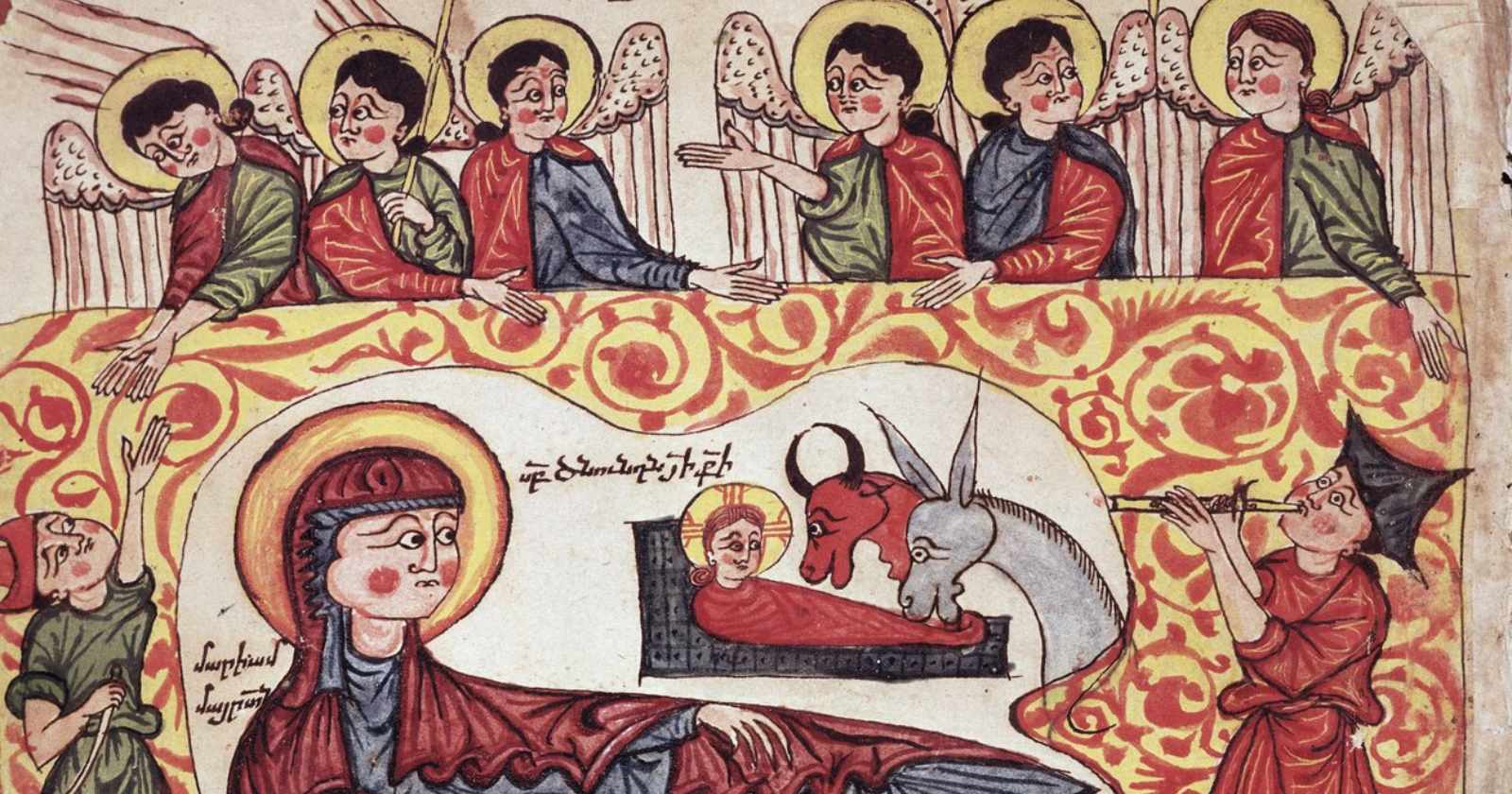The repertoires of classical concerts and performances sometimes include sacred music. They can be performed professionally and perfectly, but there is always something missing, and we never quite get to experience them the way they were intended to. The reason for this is that much of such works are liturgical. Liturgy is complex and requires so much more than sound and performance. Liturgy incorporates and engages us wholly on every sensory level. There is sight, sound, smell, movement, touch, taste and liturgy.
Olivier Messiaen is a French composer who authored many astonishing works of sacred music. What makes his work truly unique is the fact that they were all specifically created to be performed outside of liturgical settings. His composition, titled “The Transfiguration of Our Lord Jesus Christ,” is one such example. It is a large-scale work, requiring 200 singers, instrumental soloists, and a large orchestra. But what I really appreciate and value about this particular work is the depth of musical interpretation and exegesis of such an important event. We often perceive Transfiguration to be about divine revelation, grace, majesty and power. But that is not how Messiaen depicts the story at all. There is vivid tension and confusion, sharp dissonance and discord, the melody twists and turns, rises, then comes crashing down and disintegrating into a million sounds and pieces.
I think Messiaen’s interpretation echoes the human side and perspective of the great miracle of Transfiguration. Can you imagine what the apostles probably felt and experienced before they witnessed the great miracle? Imagine climbing a densely forested mountain at night. The pathways are unfamiliar, hard to see and follow, there is danger on every corner and turn. They had no idea where Jesus was leading them or why. But there was one thing they knew for sure, and it was worth all the hardship and uncertainty. They knew that it was their Lord and Savior himself leading them, and even though they were probably frightened, exhausted and uncertain, they followed him to the top of the mountain faithfully, where they witnessed and experienced the biggest miracle of their lives.
Transfiguration is not simply a story about Jesus. It is also the story of our lives, our struggles and efforts to follow Christ to the top of the mountain of faith. Those who tried to follow the footsteps of Christ in their lives will attest that often this is not an easy and comfortable hike. We sometimes lose our way and get lost. In the pitch darkness surrounding us, we sometimes fumble and fall, we fear, we doubt, we question and wonder where God leads us and what his plan is for our lives and future. Sometimes it feels like we are ready to stop, give up and turn back. But today, as we celebrate the wondrous feast of our Lord’s Transfiguration, we are reminded about the importance of continuing to hope and believe in the power of the living God in our lives, trusting him and following him to the top of the mountain of faith where we too will witness and experience the divine miracle of Transfiguration in our lives.


